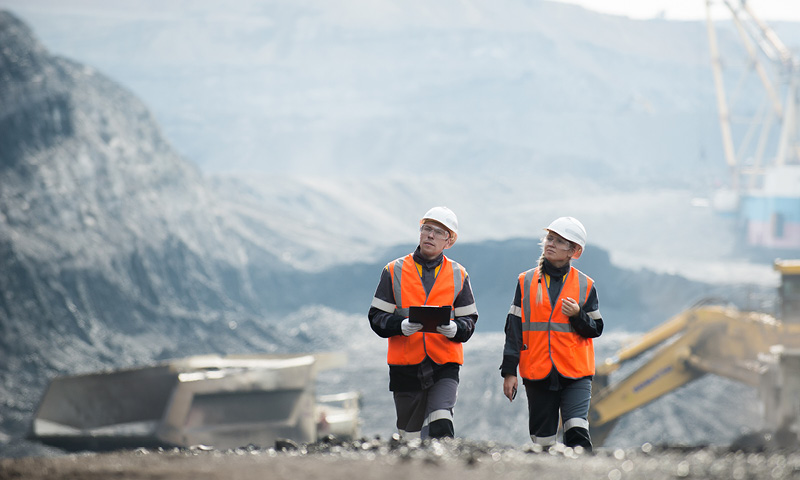16 April 2020
Managing your cash flow effectively is essential at this unprecedented time, and tax can play a significant part in that.
The following tax reliefs could help you generate tax cash repayments now.
Here’s how you can use each relief to generate some much-needed tax cash repayments.
Research and development (R&D) tax credits
How it works
R&D tax credits can generate cash repayments of:
- 33-46p per £1 spent on qualifying R&D for SMEs, and
- just over 10p per £1 spent on qualifying R&D for large companies, or companies otherwise claiming under the RDEC scheme.
What you can do now
Bring forward your current R&D claim process
Where possible, in order to submit the claim earlier than planned and receive the cash support quicker.
Start the process now
HMRC aim to process 95 per cent of claims within 28 days. So the sooner you complete and submit your claim, the sooner you’ll receive the cash from HMRC.
Check whether past claim periods have been maximised
And also whether the 2018/19 and 2019/20 periods could be claimed together now, to take advantage of the two-year deadline.
If you’ve never made an R&D claim, we can help you see if you’ve had any qualifying expenditure.
If you’re currently reviewing emergency funding options from the Government, we can help you understand where any grants or rebates you receive might affect your ability to make an R&D claim.
Review your capital spend on R&D
R&D allowances can provide a 100 per cent first year deduction which is a cash flow saving on the usual capital allowances that are available.
If the R&D claim simply lowers your corporation tax liabilities, we can help you understand whether it will be more beneficial to look at your eligibility for HMRC’s Time To Pay scheme.
Frequently asked questions
We are in regular dialogue with HMRC’s R&D Technical Unit regarding operation of R&D tax credits during the COVID-19 pandemic, and understand:
HMRC processing
Claims are continuing to be processed in approximately 28 days, with all processing units set up to work remotely. Existing filing deadlines and submission requirements also continue to operate as normal.
HMRC Time To Pay Arrangements (TTP) & VAT Deferral
Entering into an agreement with HMRC to defer taxes (either VAT, or other) will not impact on your ability to generate a repayable R&D claim amounts through the ‘set off’ legislation – on the basis that a deferral stops the amount of tax being ‘owed’, and HMRC processing teams have been advised not to seek to offset any repayable R&D amount against other taxes deferred.
This is in contrast to a Time To Pay arrangement, where the tax remains owing albeit agreement has been reached with HMRC to settle the amount over a longer period of time.
Interaction with other government support measures
If you’re currently reviewing emergency funding options from the Government, we can help you understand where any grants or rebates you receive might affect your ability to make an R&D claim.
If the R&D claim simply lowers your corporation tax liabilities, we can help you understand whether it will be more beneficial to look at your eligibility for HMRC’s Time To Pay scheme.
Contact our R&D team for advice that’s specific to your business.
Capital allowances
How it works
If you’ve incurred historical capital expenditure on any of the following related to commercial property, we can make sure you’ve claimed all of the capital allowances you are entitled to:
- buying;
- building;
- refurbishing; and
- fitting-out.
What you can do
Speak to our taxation specialists for expert advice. We can build robust claims, using industry cost databases and other evidence to identify and quantify the value of allowances available.
For example, when considering a capital allowance claim:
- It is possible to go back to the date when the property was purchased – we’ve prepared numerous claims for properties acquired in the 1980s.
- Identified allowances must be brought forward into the latest open tax year, which is generally the one before the current tax year.
- Items covered as part of the capital allowance claim must still be in existence in the building at the end of the year being claimed for.
- It is also possible to make a claim in the next tax return, and begin claiming allowances from that point forward.
Capital allowance claims are often not made because of a lack of cost breakdowns. However, our capital allowance specialists can work with you to overcome any shortage of detailed information.
Contact our capital allowances team to discuss your eligibility.
Land remediation relief
How it works
Land remediation relief is a corporation tax relief that provides a 100 per cent deduction plus an additional 50 per cent deduction for qualifying expenditure incurred in cleaning up contaminated land they’ve acquired.
What you can do now
Review historic expenditure on land and buildings to see if you’re eligible to make a claim.















